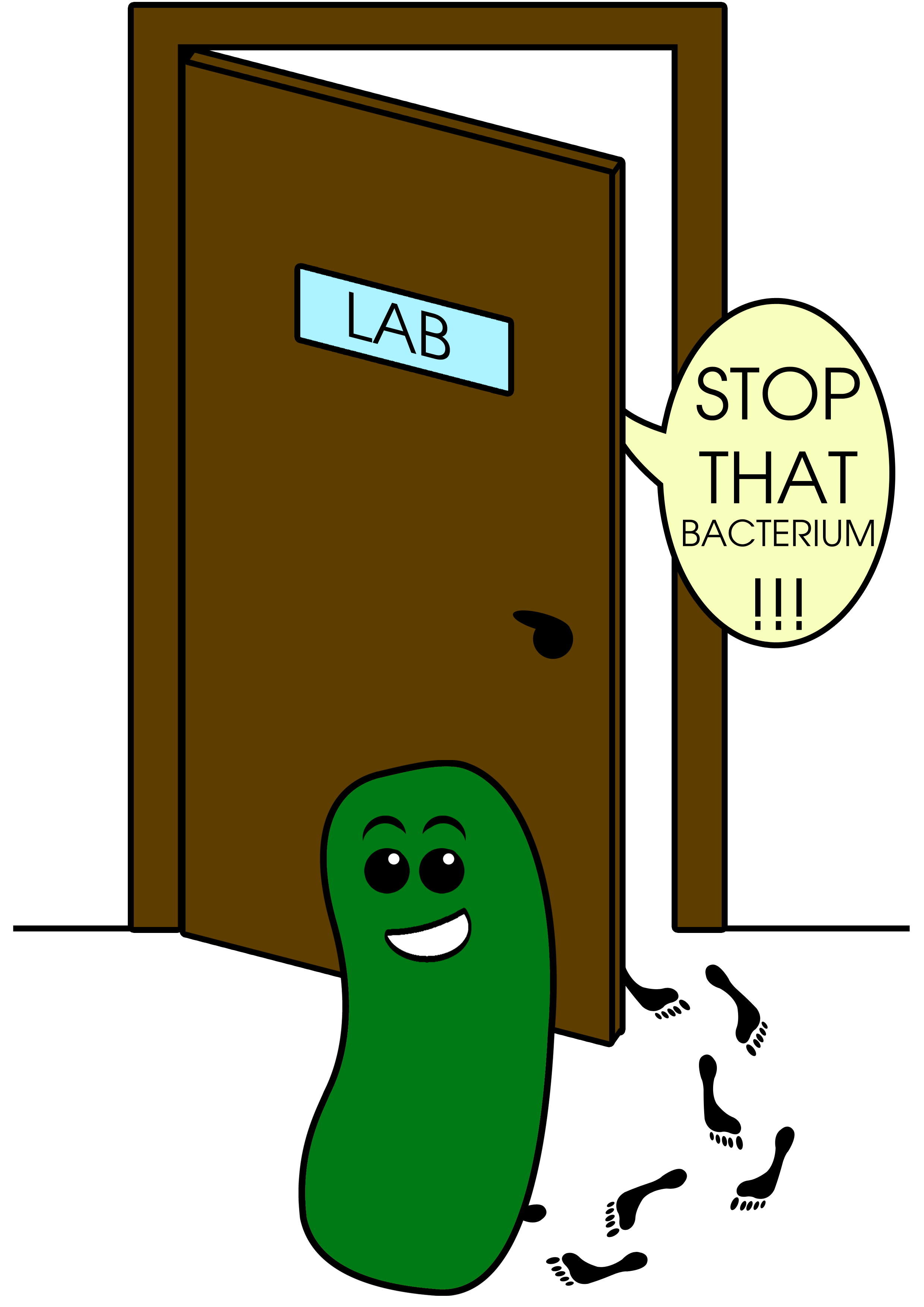Team:TU-Eindhoven/Safety
From 2012.igem.org

Would any of your project ideas raise safety issues in terms of: researcher safety, public safety or environmental safety?
The researchers of the lab team are registered at the faculties of Biomedical Engineering and Chemical Engineering at TU/e and have signed an agreement before working at the lab. Information documents were distributed to the lab team, in which all the safety agreements of the bio-lab were outlined. Besides reading these documents, the lab team was also required to attend a guided tour at the lab. Working with the safety guidelines of the bio-lab (ML2 lab) should ensure the safety necessary for working with bacteria and yeast. The activities at the lab are supervised by experienced advisors. The yeast and bacteria modification project does not raise any suspicion of immediate danger. Our project does not handle any pathogen, toxin or infectious materials. Only carefully planned experiments and protocols were carried out. Any exposure of the genetically modified organisms to the outside environment was limited due to the cleaning rules at the lab. The most important aspect of our project was to modify yeast by controlling part of its genome. Our modifications should not raise safety issues in terms of public or environmental safety, because the yeast we use cannot survive in a normal environment. The other modifications in the project have something to do with fluorescence. This working field is very well known by our advisors because it is their field of expertise. They can insure the safety of the researchers, public and environment.
Do any of the new BioBrick parts (or devices) that you made this year raise any safety issues? If yes, did you document these issues in the Registry? How did you manage to handle the safety issue? How could other teams learn from your experience?
No.

Is there a local biosafety group, committee, or review board at your institution? If yes, what does your local biosafety group think about your project? If no, which specific biosafety rules or guidelines do you have to consider in your country?
The biosafety group of our lab consists of two staff members of the university. They evaluate all project proposals for work to be done at the lab and assess the safety issues. Although most of the projects at the lab deal with E. coli instead of yeast cells, we were fortunate enough to have one PhD student at the start of his yeast project who was willing to help us. Our presence at the lab was registered and we were not allowed to work in the lab without the presence of a supervisor. Our project proposal got a green light, because our transformations were harmless for humans.
Do you have any other ideas how to deal with safety issues that could be useful for future iGEM competitions? How could parts, devices and systems be made even safer through biosafety engineering?
When modifying and transforming DNA, the researchers should have some basic lab skills. A training to get acquainted with all the standard protocols and research components is highly recommended. To allow room for failure, such a workshop should span several days. The experienced gained from the training would increase the confidence of the researchers, thereby possibly preventing dangerous situations.
 "
"